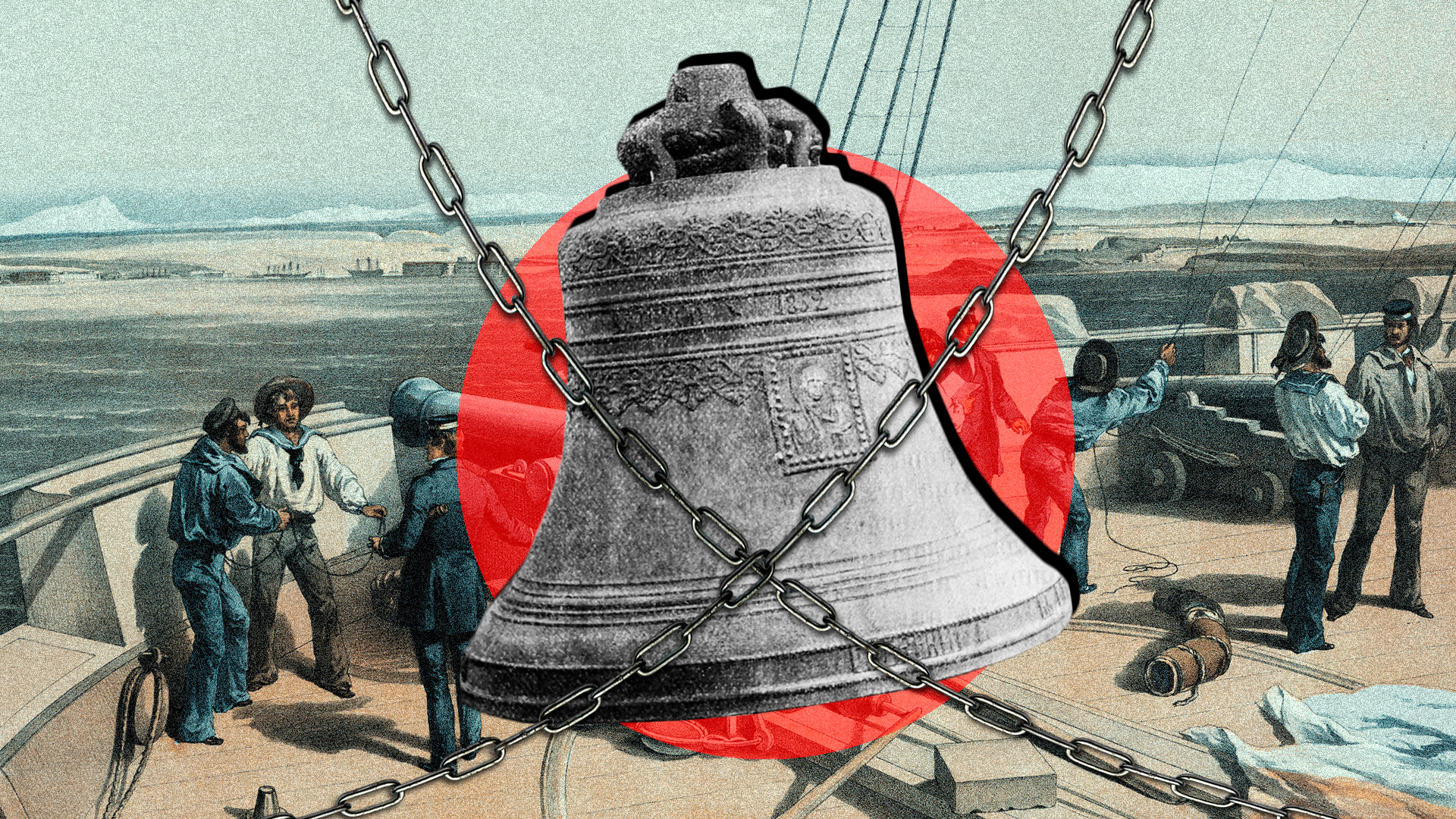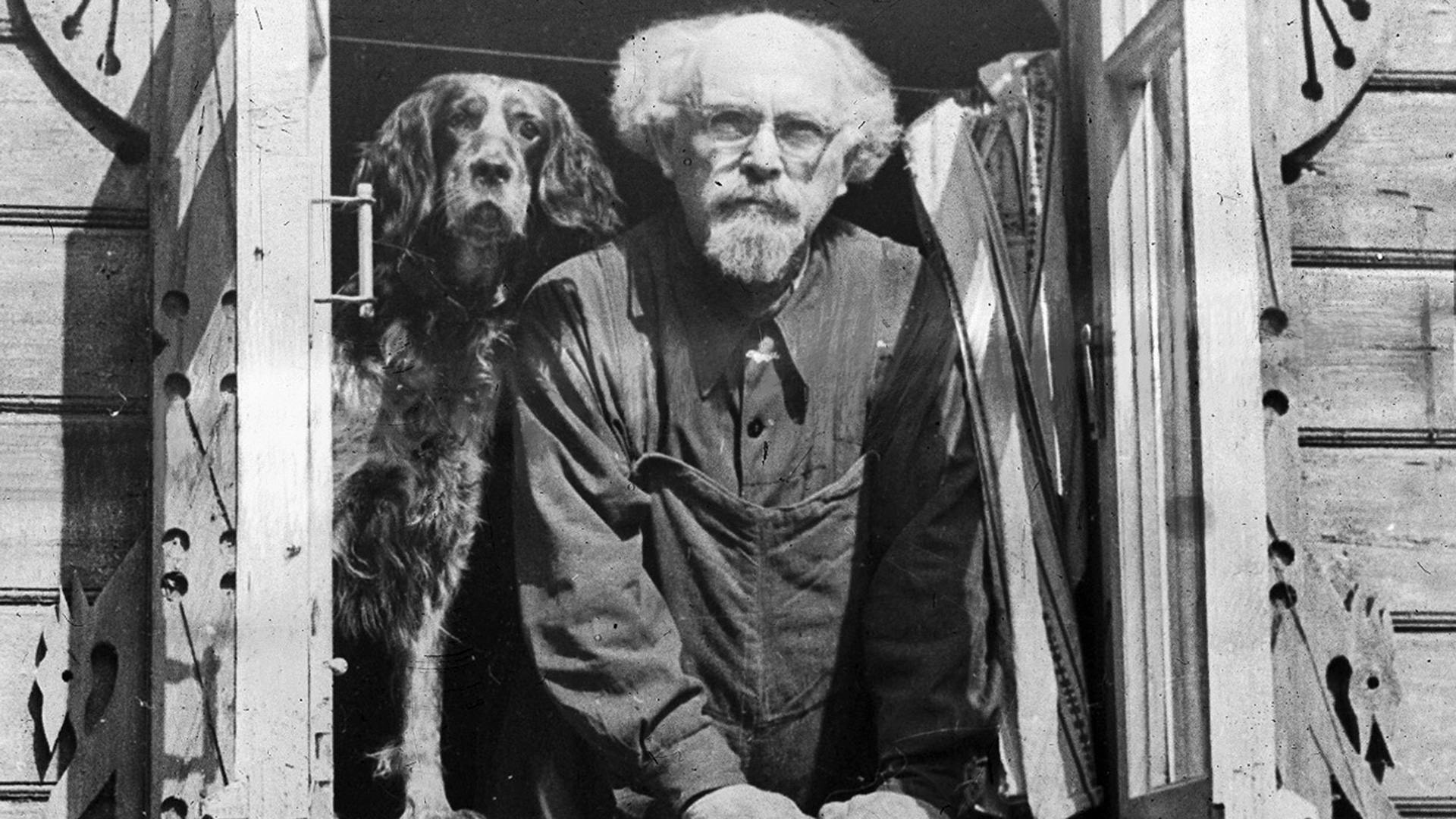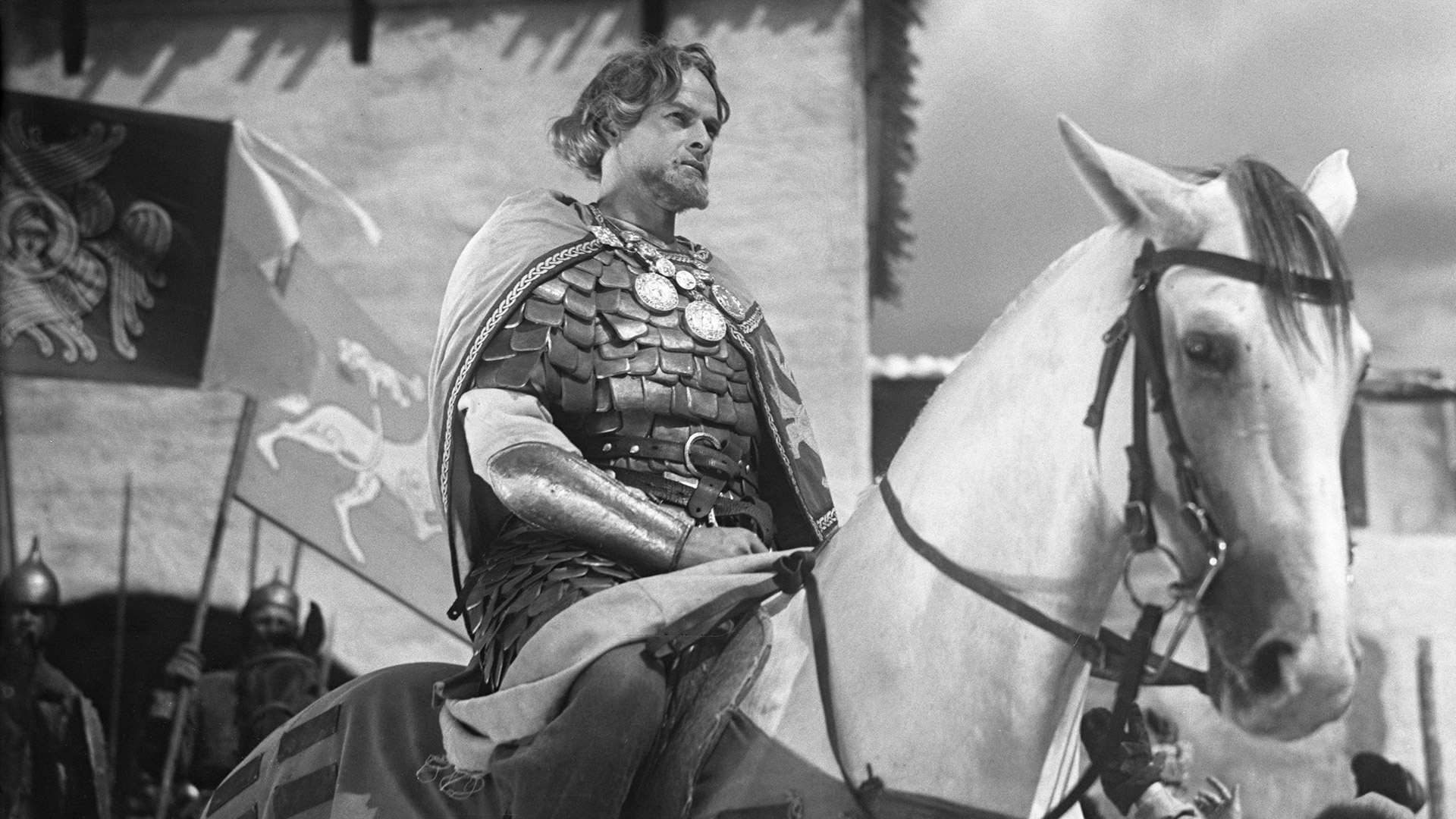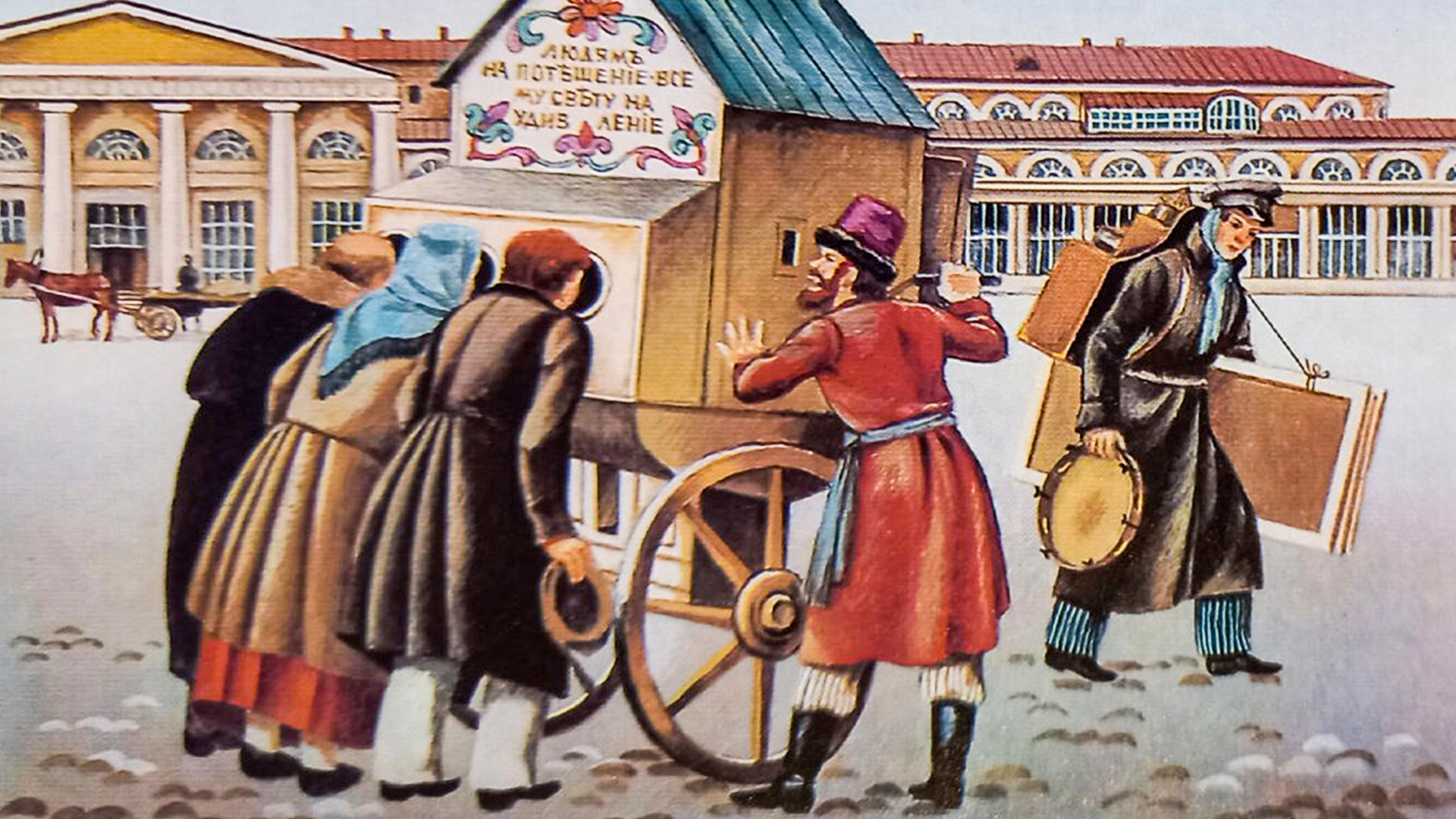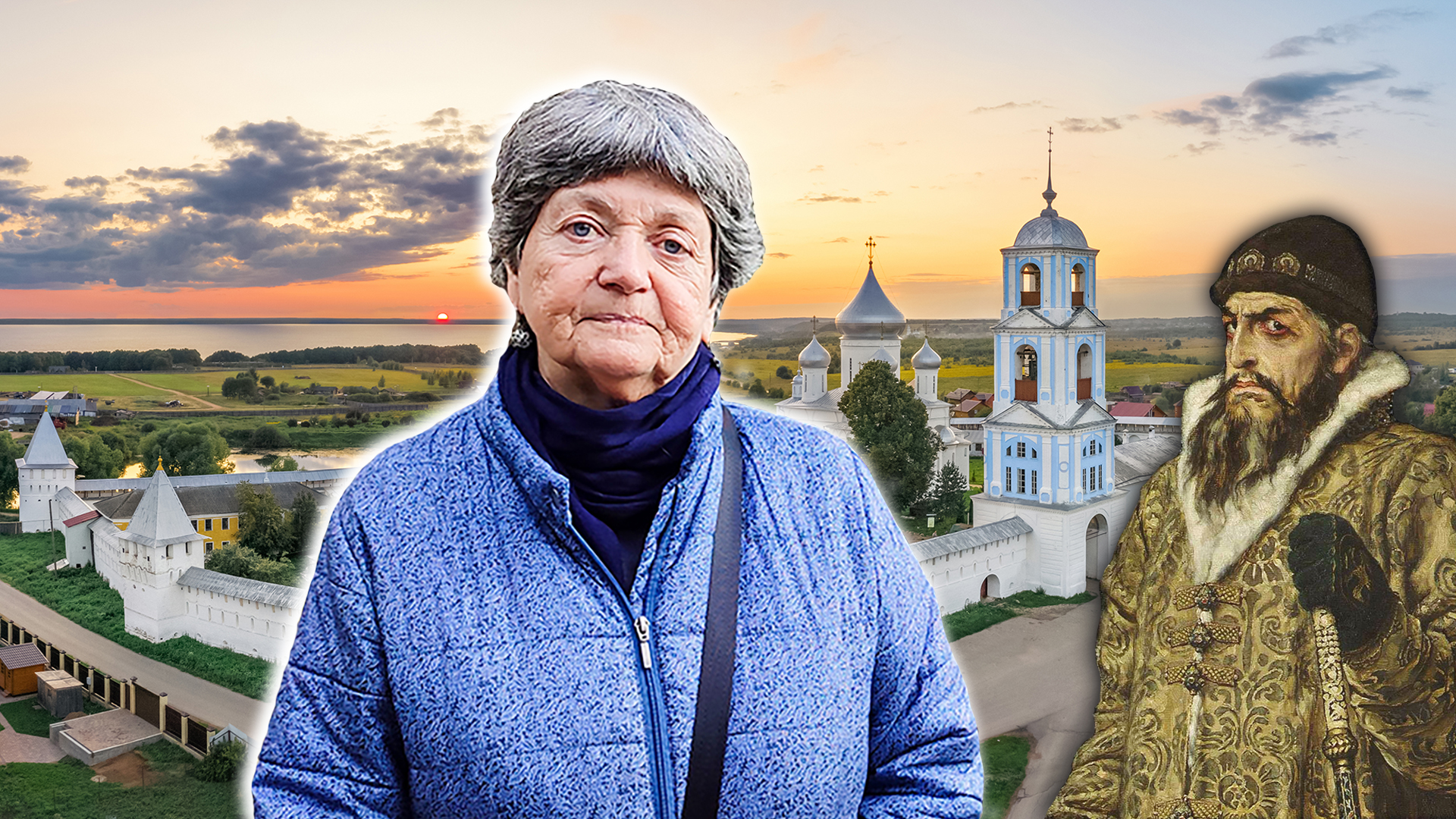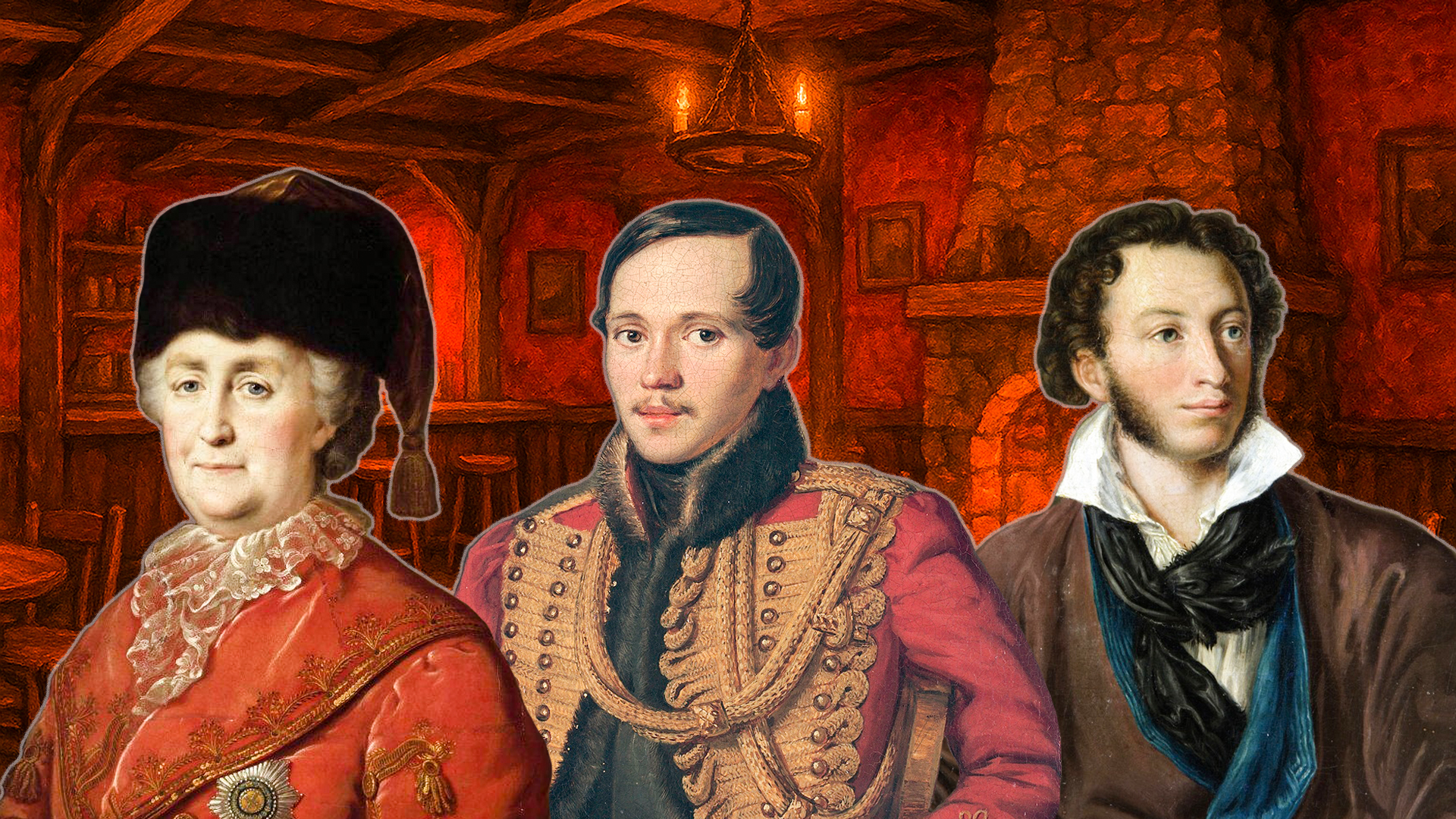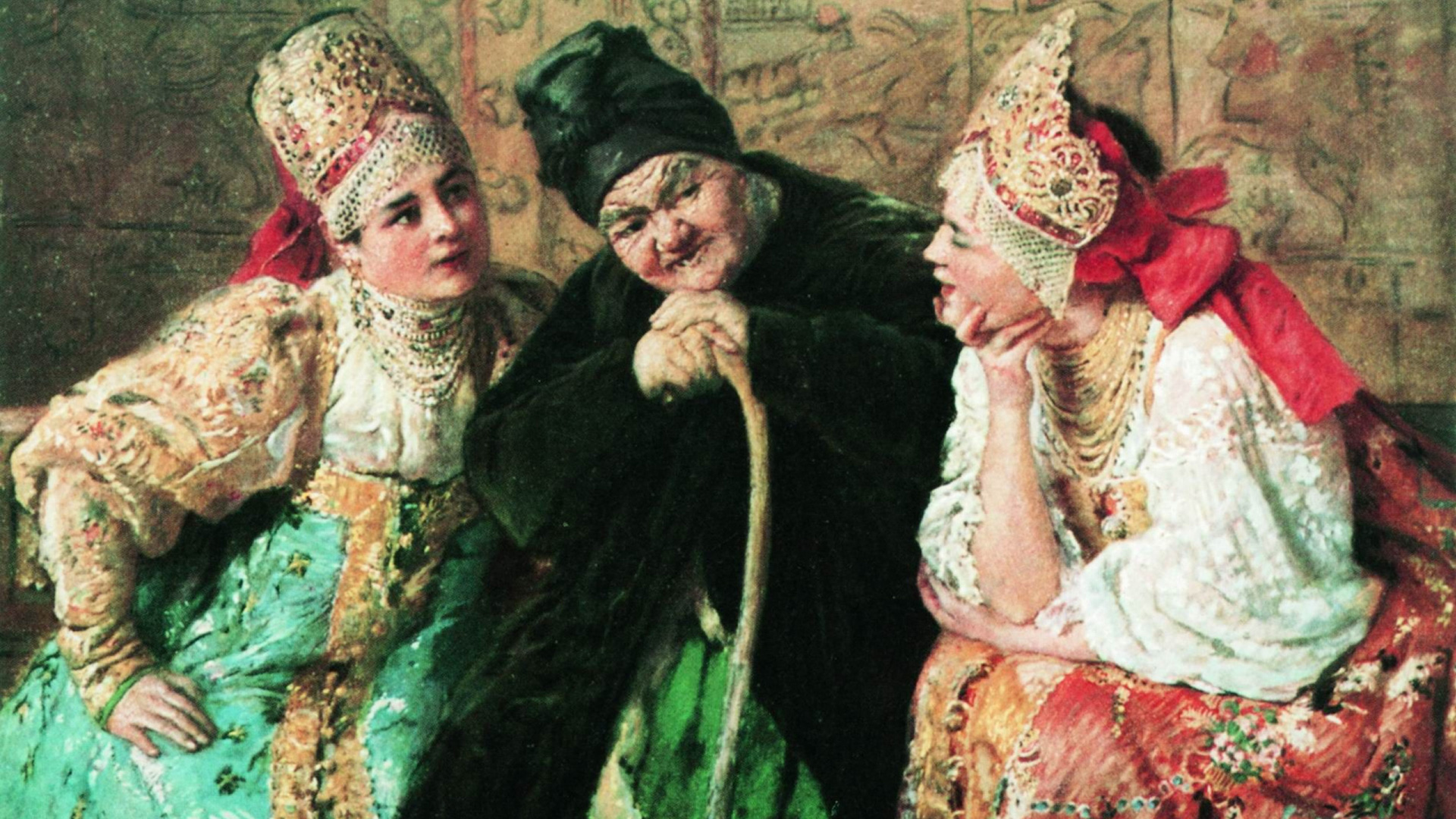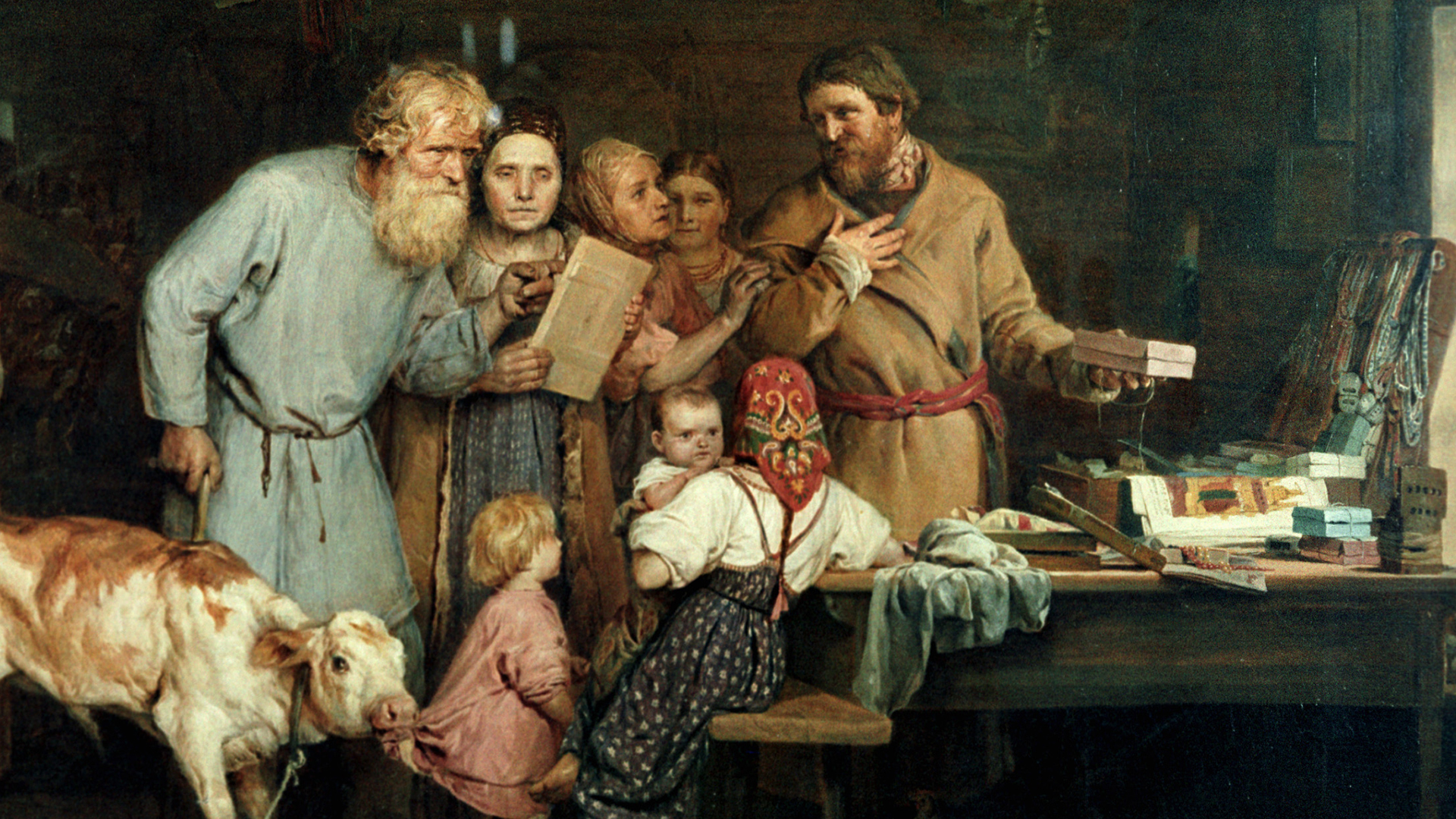
Why was this Russian master called the ‘Stradivarius of balalaika makers’?
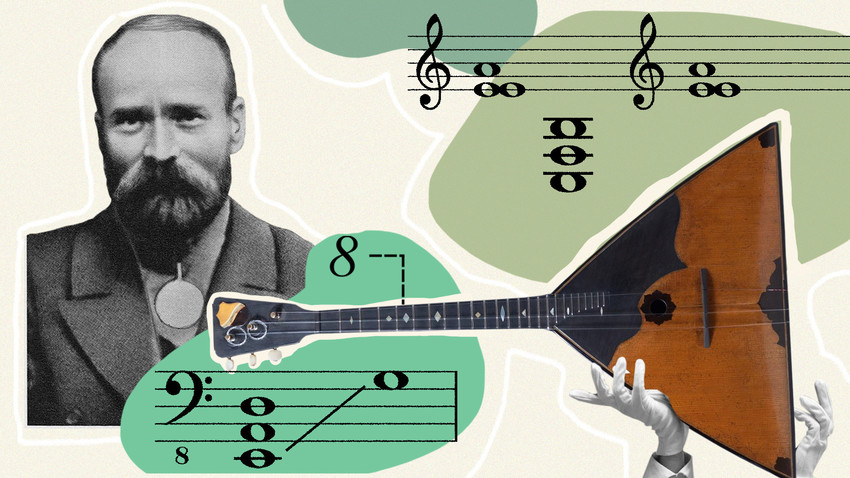
The Russian folk balalaika only acquired its classic form in the late 19th century, when musician Vasily Andreyev perfected it for concert music. Many instruments for his orchestra were made by brilliant, self-taught master Semyon Nalimov (1857-1916), whom his contemporaries called the ‘Stradivarius of balalaika makers’.
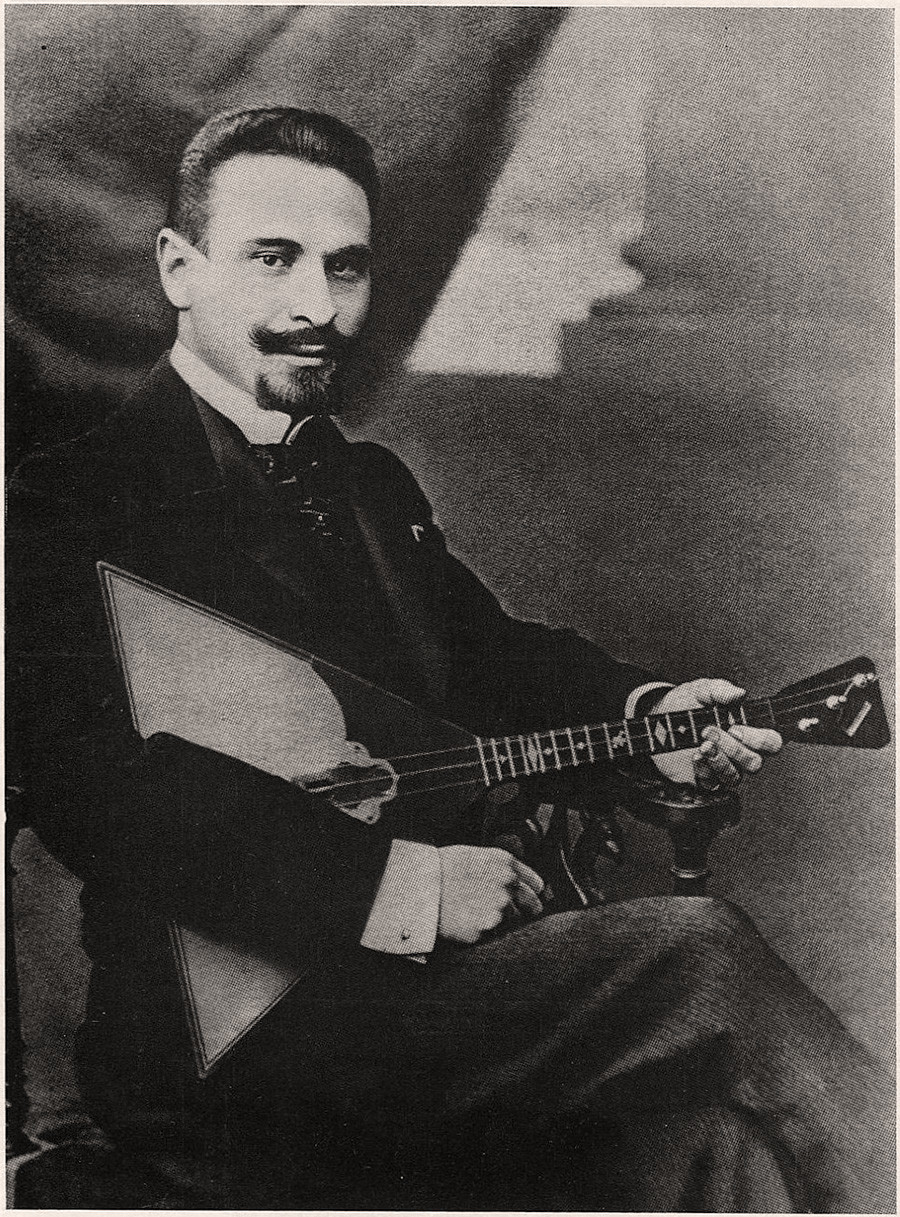 Vasily Andreyev
Vasily Andreyev
"Instruments of his making – balalaikas, domras – have no equal, at least, up to this day, in the beauty of their tone and the artistic perfection of their work," Andreyev said of him.
The master craftsman made his balalaikas primarily from maple and spruce. Legend has it that even the windows and doors of Andreyev's estate served as materials for his first instruments.
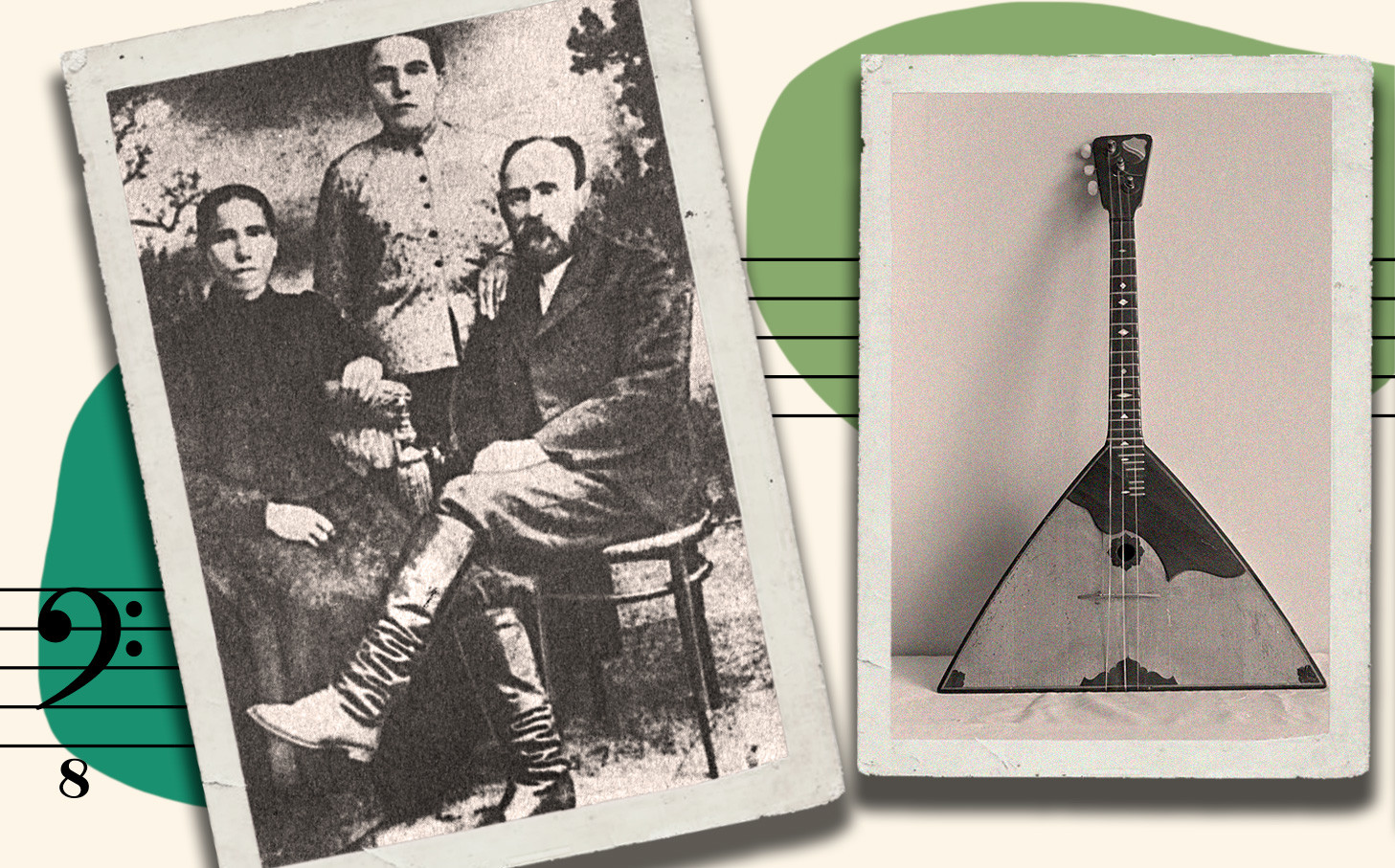
In total, Nalimov created about 300 instruments, each of which was personally inspected by Andreyev. The instruments were labeled with the master's name and work number. And although his balalaikas cost 3-4 times more than those of other makers, Nalimov made no secret of his work. On the contrary, he trained others and gave away his designs to copy for free.
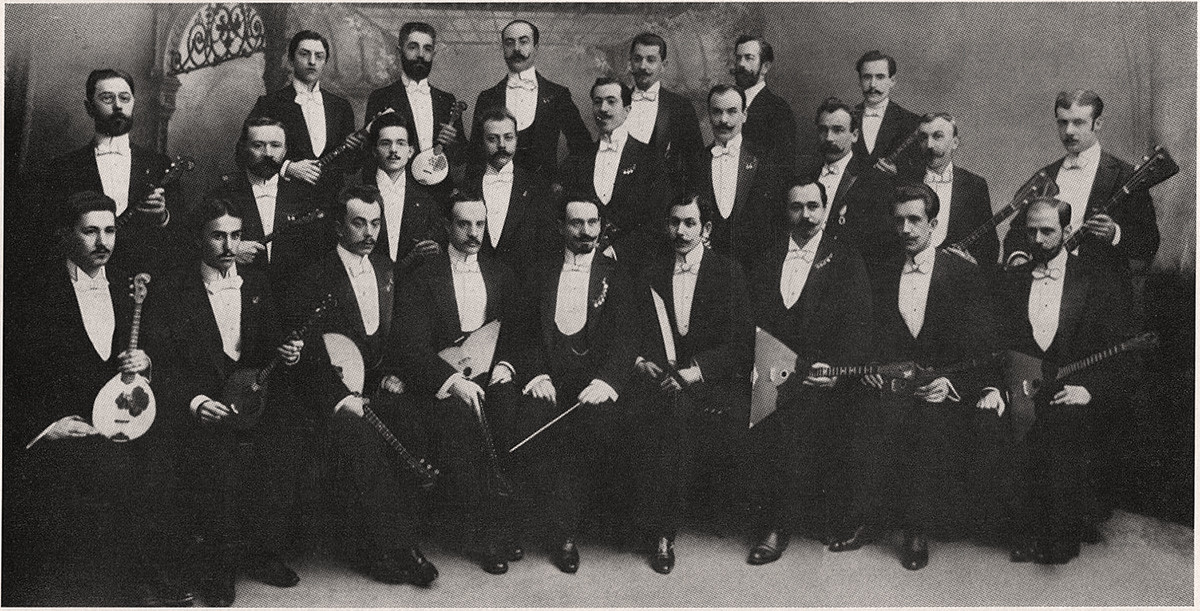 Andreyev's Russian Orchestra in the early 1900s.
Andreyev's Russian Orchestra in the early 1900s.
Nalimov's instruments received the highest awards at prestigious exhibitions, including the ‘World's Fair’ in Paris (1900). Instruments based on his models are still made today.
You can still see Nalimov's balalaikas and domras even today: for example, at the ‘Museum of Music’ in Moscow and the ‘Andreyev Museum’ in Bezhetsk.



